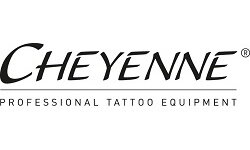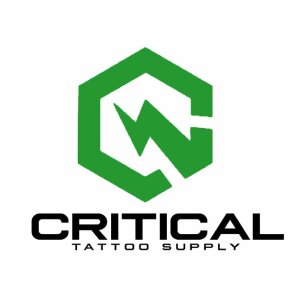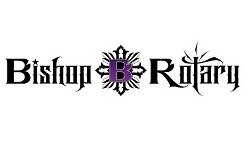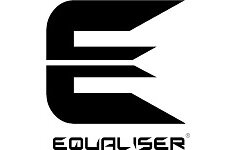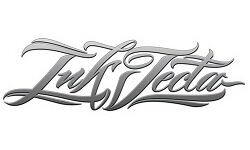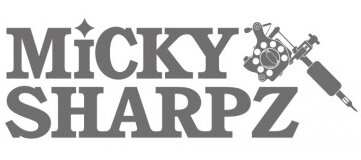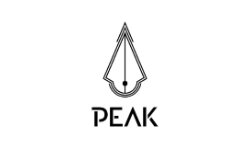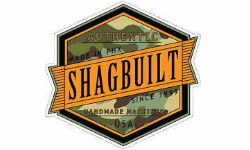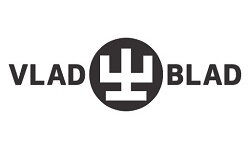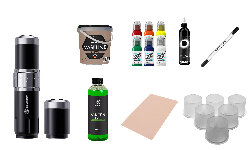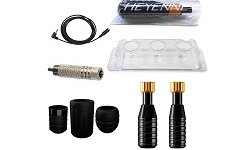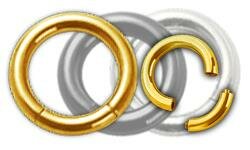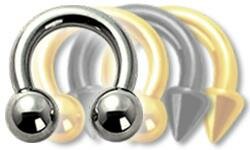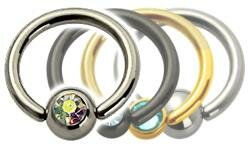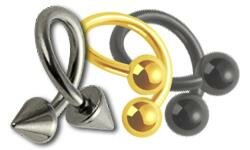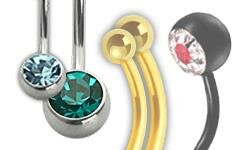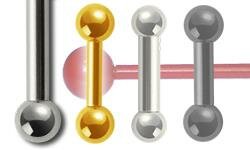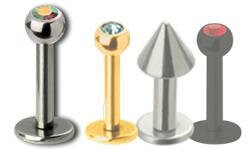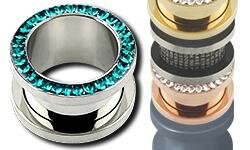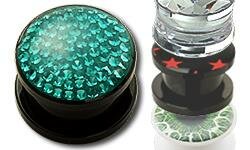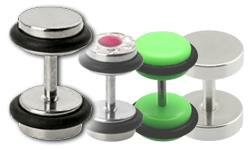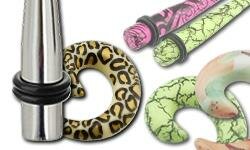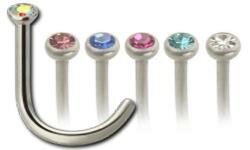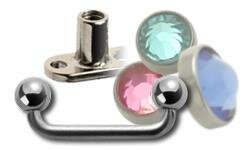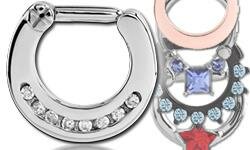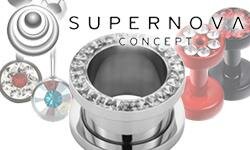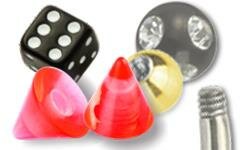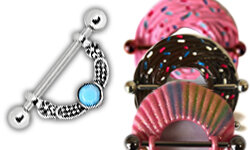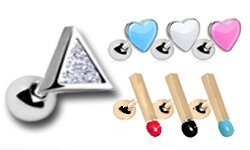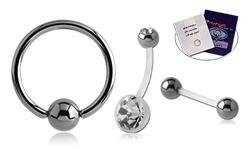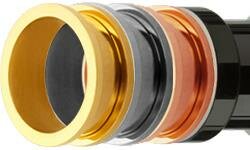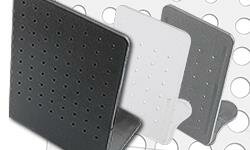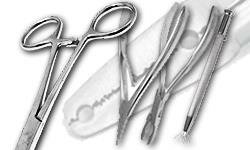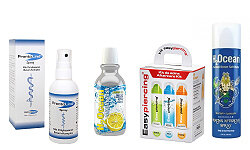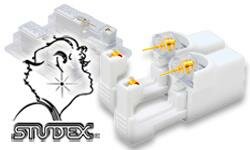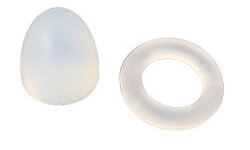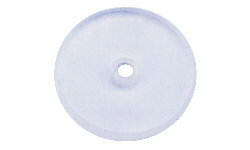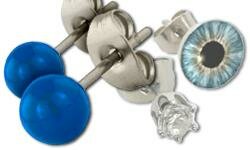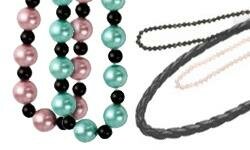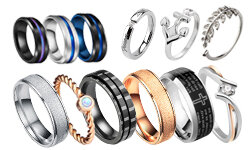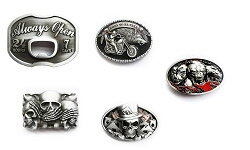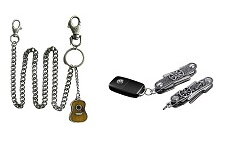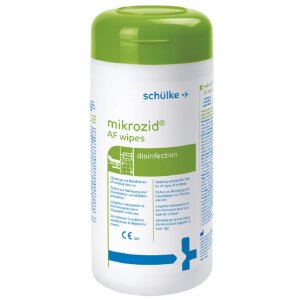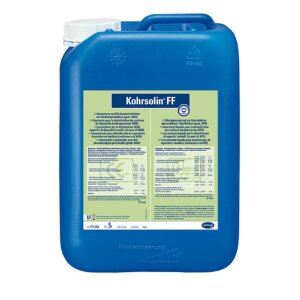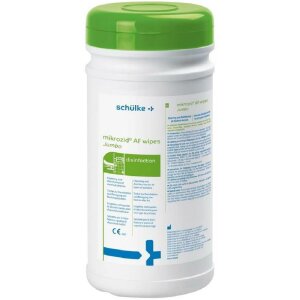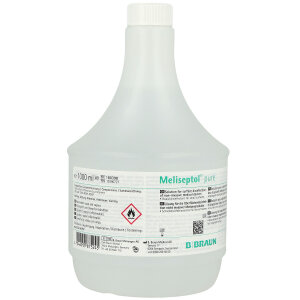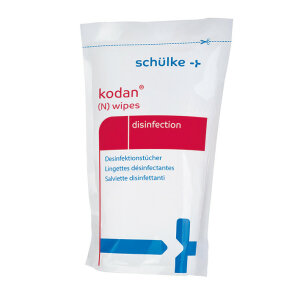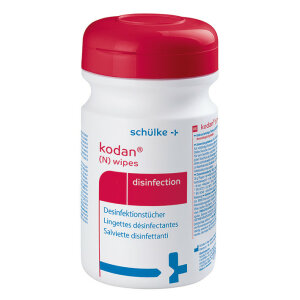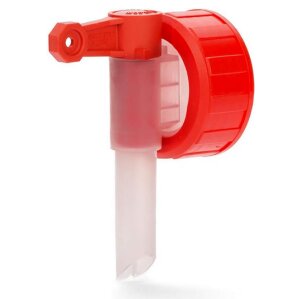
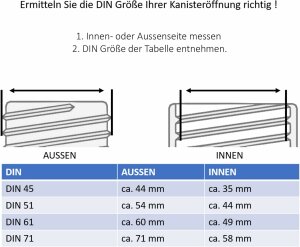
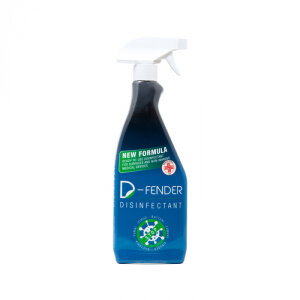
Overview of Surface Disinfection in Tattoo Studios
Disinfection and hygiene are complex topics. As your professional trade and partner for tattoo supplies, we have compiled the most important information for you here. Disinfection is a process aimed at specifically killing pathogenic germs or achieving an irreversible inactivation of microorganisms. The goal is to prevent infections and break chains of infection. With disinfection, complete sterility is not achieved, but a significant reduction in germs on all surfaces is accomplished. Germs are not completely eradicated.
Hygiene Plan for Tattoo Studios and Regulations:
Every tattoo studio must maintain a hygiene and disinfection plan that is visibly displayed for all clients. The exact requirements and guidelines vary slightly from state to state, with more detailed information available from the local health department. Compliance with the required hygiene standards is monitored by the health department through regular inspections, usually unannounced. In addition to guidelines on what, when, and how often to disinfect, there are standardized procedures for effective cleaning and disinfection to ensure efficacy.
To effectively disinfect surfaces, they must first be thoroughly cleaned. Any dirt or crusts on the surfaces to be disinfected must be removed beforehand. Since there is no sterile dirt, disinfection would be ineffective without prior thorough cleaning. Walls and floors must be disinfected regularly, as well as sanitary facilities, door handles, and everything that is regularly touched by clients. And, of course, after each client, furniture such as treatment beds and stools, work and storage surfaces must be thoroughly cleaned and disinfected. Used instruments that need to be sterilized are first cleaned and disinfected in preparation for sterilization. Here in the Tattoo Supply Shop, we have tailored our range to the special requirements of hygiene, cleaning, and disinfection procedures.
Standardized Procedures for Effective Disinfection
The following areas apply standardized procedures for surface disinfection:
• Floors and walls
• Treatment beds and work stools
• Instruments
• Furniture/shelves
• Door handles
• Sanitary facilities
The floor must be disinfected at least daily.
In case of contact with infectious secretions, such as blood, the floor must obviously be disinfected immediately after the customer visit, as well as the door handles and, if necessary, the sanitary facilities.
Disinfection after every customer:
Treatment bed or chair, shelves, instruments, and work equipment, as well as everything the customer has touched.
All surfaces that have come into contact with body fluids, such as blood splatters on the walls. Organic contaminations, skin residues, or dried blood, are removed with a cloth soaked in disinfectant solution. Hygiene wipes for surface disinfection are excellent for this purpose. The cloth should be disposed of afterward. Always wear gloves during this process.
Instruments and Work Tools are placed in a metal tray filled with disinfectant solution after use. All parts must be completely covered by the solution. The devices are dismantled into all possible individual parts and then carefully cleaned using a brush or a cloth. After the bath in the disinfectant solution, the instruments are sterilized or packed and covered.
Walls and Work Surfaces should preferably be disinfected using the wipe method. Remove any dirt, clean thoroughly. Then soak a cloth with disinfectant solution. And apply the agent with light pressure, evenly. It is important to ensure that the entire surface is wiped. Where no disinfectant solution reaches, it cannot work. Observe the exposure times, which can be found on the manufacturer's instructions for the respective agent. Disinfectant solution and cloths are available from us in the Tattoo Supply Shop also as a practical combo bucket system for quick disinfection including the cloths.
Treatment Beds or Chairs are disinfected in this way as well. Special attention should be paid to seams and hard-to-reach areas. Where you can't reach with a cloth, a spray should also be used. Alternatively, you can work with replaceable covers. If these are impervious to liquids, it saves a lot of time. In addition to actual tattoo supplies, we also carry such studio supply articles.
The floor is mopped using the two-bucket mopping method Fill one bucket with disinfectant, the other with a mixture of water and disinfectant solution. First, dip the clean mop into the first bucket to evenly apply the agent to the floor. Then the mop is dipped into the water-disinfectant mixture for rinsing, then back into the disinfectant to continue mopping. This method reduces germs in the mop and there is no risk of the disinfectant solution being inactivated.
Frequently Asked Questions About Disinfection in Tattoo Studios
Is it better to soak the wipes yourself or to buy them pre-soaked? The advantage of pre-soaked wipes is their longer shelf life. These are good for up to three months. Self-soaked wipes are only good for 28 days.
Isn't it enough to just spray everything? As a quick disinfection in between, you can certainly use a spray occasionally. For thorough disinfection, the wipe method is better suited because it already removes the germs when applying the solution.
Can I dry off the surfaces after disinfecting them? You must not do that. The exposure times must be strictly adhered to.
What can I use sprays for? If you need to move quickly in between, you can certainly disinfect the treatment furniture with a spray. For all places that are otherwise inaccessible, a spray disinfectant is definitely needed.
Is it cheaper to buy large containers? It depends on the size of the surfaces to be disinfected. Since the disinfectant solution is not indefinitely stable, in case of doubt, better buy smaller bottles first until you can realistically assess the consumption. The health department pays close attention to the expiration date of the agents during its inspection visits. You can always reorder flexibly from us in the Tattoo Supply Shop if you have used up more.
I forgot to screw the cap back on the bottle of disinfectant, can I still use it? Open standing disinfection solutions should generally be used for a maximum of one working day; the manufacturer's instructions must be observed.
Should I buy disinfectant with or without alcohol, which is better? Either works. Normally, you use alcohol-free disinfection solutions for sensitive surfaces such as acrylic glass.
The pre-moistened wipes always dry out pretty quickly. Can they still be used? It is not advisable, as components such as alcohol may have evaporated. Better to prevent and make sure that the containers for the wipes are always properly sealed, then they won't dry out at all. Especially practical are such dispenser cans. and the matching refill packs can be found here in our Tattoo Supply Shop as well.
Suitable Disinfectants
In addition to tattoo supplies, we also have a large selection of different disinfectants.
In the tattoo studio, the following are mainly used:
- Ready-to-use disinfection solutions
- Disinfection spray with alcohol
- Sprays without alcohol
- Pre-moistened wipes
- Wipes with the appropriate disinfection solution for self-soaking
- Disinfectants as concentrate
Not every agent is suitable for every type of disinfection. Please always pay attention to the manufacturer's instructions on the application area before using disinfectants and cleaning agents, the concentration and exposure time must be strictly adhered to. For disinfection of small tools and instruments, exclusively use disinfectants with HBV, HCV, and HIV effectiveness. As we specialize in tattoo supplies, you will of course get disinfectants with the required specifications from us. For disinfection procedures for surface disinfection, a guaranteed, antimicrobial effectiveness with a broad spectrum of action is a prerequisite. The effect must be bactericidal, fungicidal, and virucidal, or limitedly virucidal. Make sure that the wipes you want to use are compatible with the used agent. Otherwise, there may be a loss of effectiveness of the disinfection solution. Use the wipes within the specified shelf life. After the expiry date, there is also a loss of effectiveness. Do not leave the wipes open and use dispenser cans with easily closable lids. When mixing disinfection solutions from concentrates, strictly adhere to the manufacturer's quantity specifications. Eyeballing or just adding a bit more should be avoided here. The maximum effectiveness of the agents has been precisely tested by the manufacturers, and this results in the quantity specifications for the mixture.

 Black
Black White
White Grey
Grey Brown
Brown Red
Red Yellow
Yellow Pink
Pink Skin Tones
Skin Tones Orange
Orange Violet
Violet Green
Green Blue
Blue